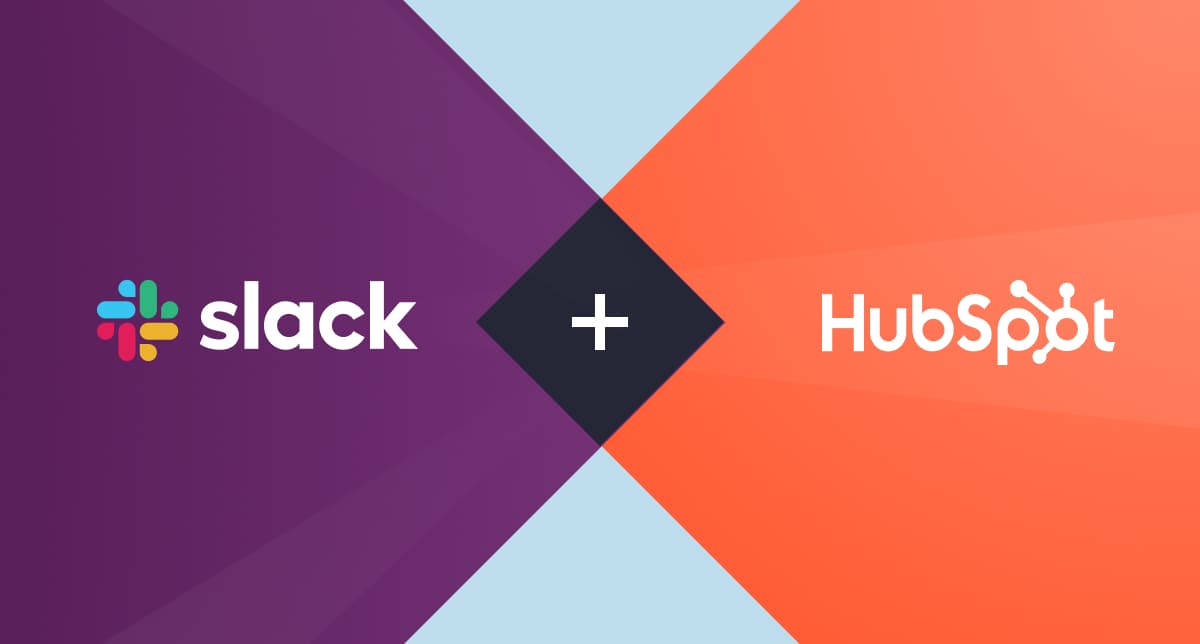
Migrating your website to HubSpot can be a great move if you're looking for an all-in-one marketing, sales, and service platform. However, migrating a website involves several steps, and it's important to do it correctly to prevent any loss of data or website downtime. Here's a step-by-step guide on how you can migrate your website to HubSpot:
Pre-launch phase
Step 1: Initial Assessment
The first step towards successful HubSpot website migration is assessing your current website. Identify the various elements - pages, blogs, forms, assets (like images, videos, documents), SEO elements (like metadata, URL structure), scripts, and plugins - that you'll need to migrate over to HubSpot. Make a comprehensive list, this will be your migration blueprint.
Step 2: Backup Your Current Website
Before proceeding with HubSpot website migration, always backup your existing website. This step is crucial because it allows you to revert to the original version of your website in case something goes wrong during the migration process.
Step 3: Prepare HubSpot Account
Set up your HubSpot account, if you haven't already. Once your account is ready, familiarise yourself with the HubSpot CMS. You may want to experiment a little to understand how to create pages, blog posts, and forms in the new system.
Step 4: Create Your Website Structure
Using the list you made in step 1, start creating the structure of your website on HubSpot. This includes your main pages, subpages, and navigation menus. Remember to use a logical URL structure and keep your website navigation user-friendly.
Step 5: Migrate Content
During the HubSpot website migration process, you'll need to move your website content. This includes all text, images, videos, and other multimedia. HubSpot CMS allows you to directly create and edit pages, so you can copy content from your old site and paste it directly into the CMS.
Step 6: Migrate SEO Elements
Make sure to migrate all your SEO elements, such as title tags, meta descriptions, URL structures, and 301 redirects to maintain your website's SEO strength. HubSpot has an in-built SEO tool that can help you manage and optimise these elements.
Step 7: Implement Forms and CTAs
Now, you need to implement your forms and calls-to-action (CTAs). You can use HubSpot's tools to create these, then add them to the relevant pages on your site. Ensure that any data collected through these forms is properly synced with your HubSpot CRM or another database.
Step 8: Migrate Blog Posts
If you have a blog on your current site, migrate all your blog posts to HubSpot. Remember to maintain the URL structure and keep all SEO elements intact. If you use a custom domain for your blog, you'll need to redirect it to your new HubSpot blog.
Step 9: Test Everything
Once you've completed all the steps of the HubSpot website migration process, it's time to test your new site. Check all pages, links, forms, and CTAs to make sure they're working properly. Test your site on multiple devices and browsers to ensure a consistent user experience.
Launch phase
Step 10: Go Live
After thorough testing and once you're sure everything is working as expected, you can make your HubSpot website live. Keep monitoring your site's performance and make adjustments as necessary.
Step 11: Notify Stakeholders and Users
Once your website is live on HubSpot, it's important to notify all stakeholders about the transition. This includes staff members, clients, partners, or anyone else who needs to know about the change. Be prepared to answer any questions they may have about the new website. If your site has active users or a community, you might also consider an announcement to your user base.
Step 12: Update Your Online Presence
Update all instances of your website's URL on your online profiles. This includes social media accounts, business directories, Google My Business, email signatures, and any other places where your website's address appears.
Post-launch phase
Step 13: Monitor Website Performance
Monitor your website's performance closely for a few weeks following the HubSpot website migration. Keep an eye on key metrics like traffic, bounce rate, and conversion rates to ensure there hasn't been any negative impact from the migration. Utilise the analytics capabilities in HubSpot to do this.
Step 14: Review SEO Rankings
After the migration, keep a close eye on your SEO rankings. It's normal for rankings to fluctuate a little after a migration, but if you notice a significant drop, you may need to make some adjustments. Look out for crawl errors in Google Search Console and make sure your website's sitemap is up to date.
Step 15: Plan for Future Website Updates
With your website now on HubSpot, it's time to think about future updates. The platform offers a range of tools for improving your website, from SEO tools to personalisation features. Plan how you will make use of these tools to continuously improve your website over time.
Step 16: Train Your Team
Finally, ensure your team is well trained on the new system. HubSpot is easy to use, but like any new platform, it may require some getting used to. You may want to provide training sessions or resources to help your team get up to speed.
Conclusion
Migrating your website to HubSpot can offer numerous benefits. It gives you access to a plethora of tools and resources all under one roof, making website management a breeze. Plus, with its robust CMS, SEO tools, and other functionalities, you can ensure your website stands out in the digital landscape.
However, a HubSpot website migration process requires careful planning, execution, and post-migration optimisation to be successful. Following the step-by-step guide outlined above will help you cover all bases, from initial assessment and backup, through content migration and testing, to post-launch monitoring and optimisation.
Remember, while it might seem overwhelming at first, each step you take brings you closer to having a more efficient, streamlined, and manageable website on HubSpot. And if you ever find the process too challenging, don't hesitate to seek assistance from HubSpot certified partners or digital agencies specialising in website migration.
Ultimately, the goal of a website migration is not just about moving from one platform to another. It's about leveraging the powerful capabilities of HubSpot to enhance your website, provide an improved user experience, and fuel your business growth.
Need help with HubSpot?
If you are struggling with scaling your business, Chimera Prime can help you build engaging and data-driven websites to increase quality of traffic. We will guide you through HubSpot solutions, such as HubSpot CMS, to help you choose the ones that are best suited for your company. Simply visit our Contact page, fill out the form, and we will be in touch with you soon!


